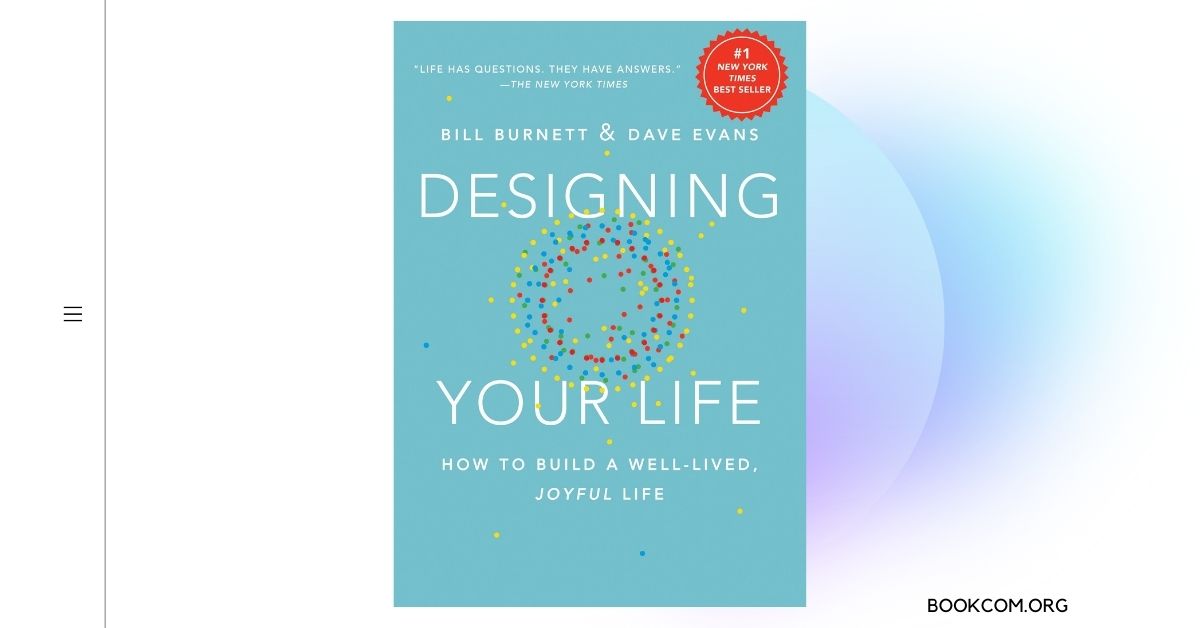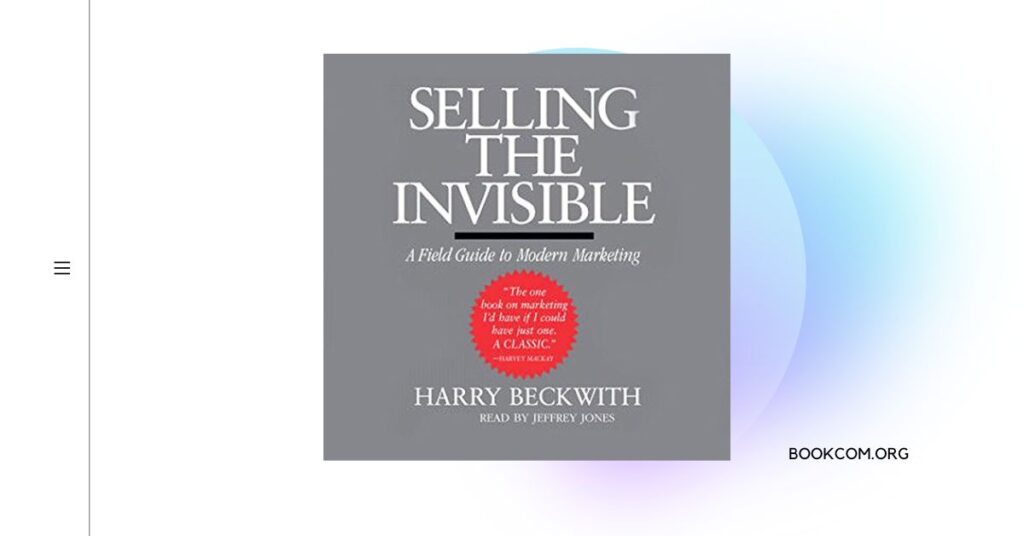“Designing Your Life” by Bill Burnett and Dave Evans is an insightful and practical guide that encourages readers to apply design thinking principles to craft a fulfilling and meaningful life. Drawing upon their experience as design educators, the authors present a step-by-step framework to help individuals navigate life’s challenges and make intentional choices that align with their values and aspirations. This book offers valuable tools, exercises, and strategies to design a life that brings joy, purpose, and fulfillment. In this summary, we will explore the key themes, notable concepts, and actionable takeaways from “Designing Your Life,” providing guidance on how to approach life as a design project.
Key Themes
Applying Design Thinking to Life: The authors introduce the concept of applying design thinking principles to shape one’s life. Design thinking involves empathizing with users (oneself), defining the problem, ideating potential solutions, prototyping, and continuously iterating to create a life that meets one’s goals and desires.
Building a Well-Designed Life: The book emphasizes the importance of approaching life with intentionality and creating a well-designed life that aligns with one’s values, passions, and aspirations. It encourages readers to consider multiple possibilities and experiment with different paths to find what truly resonates with them.
Prototyping and Experimentation: The authors advocate for a mindset of continuous experimentation and prototyping in life. They encourage readers to take small steps, try out new experiences, and gather feedback to inform future decisions and refine their life design.
Embracing the Odyssey Plan: The Odyssey Plan is a key concept in the book, which involves creating multiple alternative life plans and exploring different scenarios. By envisioning and testing various possibilities, individuals can gain clarity and make informed choices about their desired direction.
Notable Concepts
Workview and Lifeview: The authors introduce the concepts of workview and lifeview, which involve defining one’s beliefs and assumptions about work and life. By examining and reevaluating these perspectives, individuals can uncover new possibilities and design a life that integrates both personal and professional fulfillment.
Designing Your Way Forward: The book emphasizes the importance of taking action and making intentional choices to move closer to one’s desired life design. It encourages readers to embrace a bias towards action and to view failures as learning opportunities rather than obstacles.
The Gravity Problems: The authors address the common challenges and constraints that individuals face when designing their lives. These “gravity problems” include fear, limiting beliefs, societal expectations, and external pressures. The book offers strategies to overcome these obstacles and find creative solutions.
Actionable Takeaways
Curiosity and Exploration: Foster a mindset of curiosity and embrace a growth mindset. Explore different interests, try out new experiences, and be open to learning and discovery.
Prototyping and Iteration: Treat life as an iterative process. Create small experiments, test different options, and gather feedback to refine your life design. Embrace failures as opportunities for learning and growth.
Building a Supportive Community: Surround yourself with like-minded individuals who support and inspire your life design efforts. Engage in meaningful conversations, seek mentorship, and collaborate with others on similar journeys.
Also read:
Book Review: “Designing Your Life” by Bill Burnett and Dave Evans
For more information about the book, you can visit:



